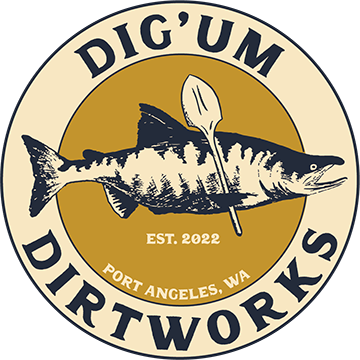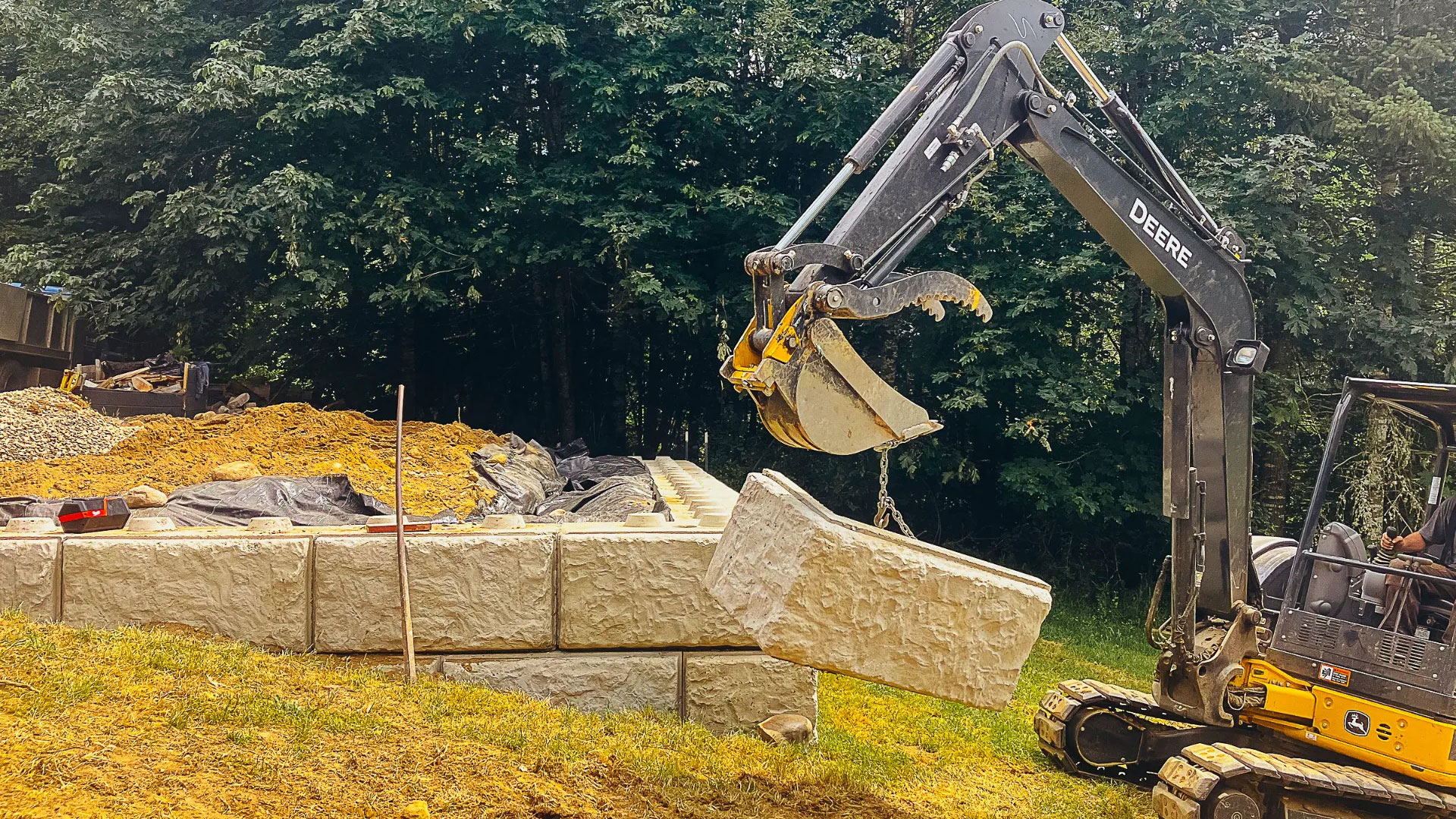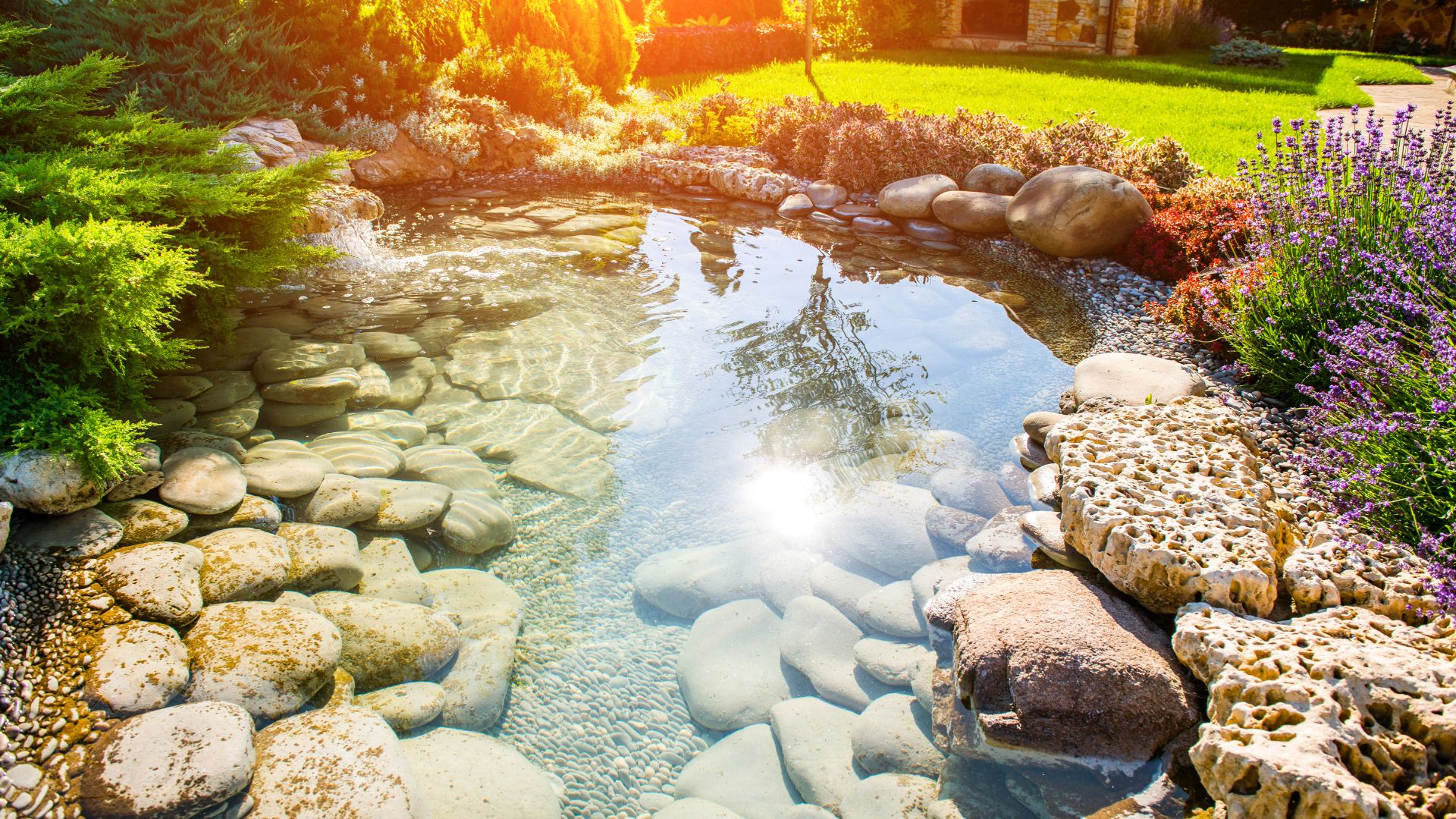
Low-Impact Landscaping
Low-impact landscaping, also known as sustainable or eco-friendly landscaping, is a method designed to reduce environmental harm while still providing aesthetically pleasing outdoor spaces. It emphasizes the use of native plants, which are better adapted to the local climate and soil conditions, requiring less water, fertilizer, and pesticide. This approach also includes practices like rainwater harvesting and composting to minimize waste and conserve resources. In application, low-impact landscaping leads to gardens and yards that blend harmoniously with the natural surroundings, promote biodiversity, and reduce the homeowner’s maintenance needs and costs. By prioritizing ecological balance, it offers a practical solution to environmental concerns in residential and commercial landscaping.

Core Concepts and Implementation
Using native plants means your garden needs less water and fewer chemicals, because these plants are already suited to the local climate. Techniques like rainwater harvesting help cut down on the need for extra watering. Practices such as mulching, composting, and opting for less lawn space not only keep the garden’s ecosystem healthy but also reduce upkeep. Choosing permeable materials for paths and driveways helps the ground absorb rainwater, preventing runoff and supporting the water cycle.
Here are some examples of implementing low-impact landscaping:
- Site Analysis and Planning: Begin with an evaluation of the property’s natural conditions to inform a design that aligns with the environment, minimizing the need for artificial interventions.
- Native Plant Use: Opt for plants native to the region to reduce maintenance requirements and support local ecosystems, as they require less water and chemicals.
- Water Efficiency: Implement water conservation techniques such as rainwater harvesting and efficient irrigation systems to minimize water usage and promote sustainability.
- Soil Health Management: Enhance soil fertility through organic practices like mulching and composting, which also reduce reliance on chemical fertilizers.
- Minimization of Lawn Areas: Reduce lawn spaces in favor of drought-resistant plants and permeable surfaces to conserve water and support biodiversity.
- Permeable Surfaces: Choose materials for walkways, driveways, and patios that allow water to infiltrate the ground, reducing runoff and aiding in groundwater recharge.
- Wildlife Support: Design features that provide habitat and nourishment for local wildlife, such as birdhouses, bee hotels, and native flowering plants, to foster a diverse and balanced ecosystem.
By integrating these principles, low-impact landscaping creates outdoor spaces that are not only environmentally friendly but also beautiful and functional.
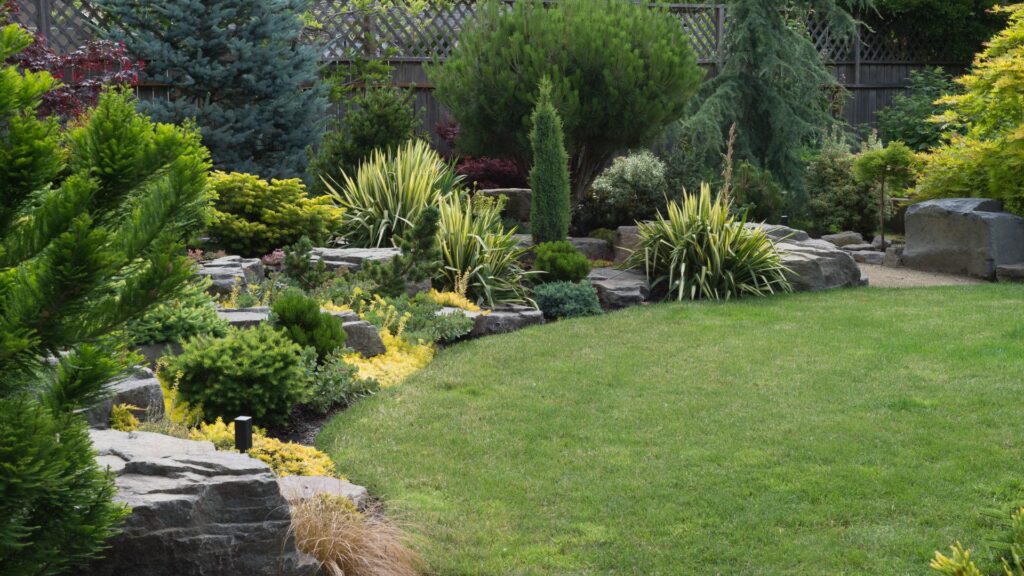
Benefits of Low-Impact Landscaping
Low-impact landscaping has lots of great benefits that go way beyond just making a garden or yard look nice. It’s good for the planet, can save money, and helps the community too. It’s a smart choice for taking care of our spaces. Here are some of the main perks:
- Environmental Preservation: Low-impact landscaping minimizes water usage, chemical runoff, and ecosystem disruption, protecting local wildlife and natural resources.
- Water Conservation: By utilizing rainwater harvesting and drought-resistant plants, it significantly reduces the need for supplemental watering.
- Reduced Maintenance: Native plants and sustainable practices lower the need for mowing, watering, and chemical treatments, saving time and effort.
- Increased Biodiversity: Encourages a variety of plants and wildlife, promoting a healthier and more diverse ecosystem.
- Enhanced Beauty: Offers a natural aesthetic that complements the local landscape, providing serene and visually appealing outdoor spaces.
- Cost Savings: Lower water bills, reduced landscaping costs, and less frequent maintenance contribute to financial savings over time.

Assessing the Site
Assessing a site for low-impact landscaping means closely looking at the land to understand how to work with nature rather than against it. This evaluation helps in making smart choices that support the environment, save resources, and create a beautiful, sustainable space.
Soil Conditions
- Check the soil type to decide which plants will grow best.
- Test the soil’s pH and nutrient levels to determine if any adjustments are needed.
- Observe how water drains to guide the placement of plants and water conservation strategies.
Pollutants
- Identify any contaminants present in the soil or water to ensure a healthy environment for plants and wildlife.
- Look for sources of pollution like runoff from roads or pesticides and plan how to minimize their impact.
- Consider using plants that can help clean up certain pollutants through phytoremediation.
Natural Processes
- Note the patterns of sunlight and shade throughout the day to select the right plants for each area.
- Understand the local climate and seasonal changes to plan for year-round landscape health and beauty.
- Recognize areas prone to erosion or water accumulation and use landscaping techniques to address these issues.
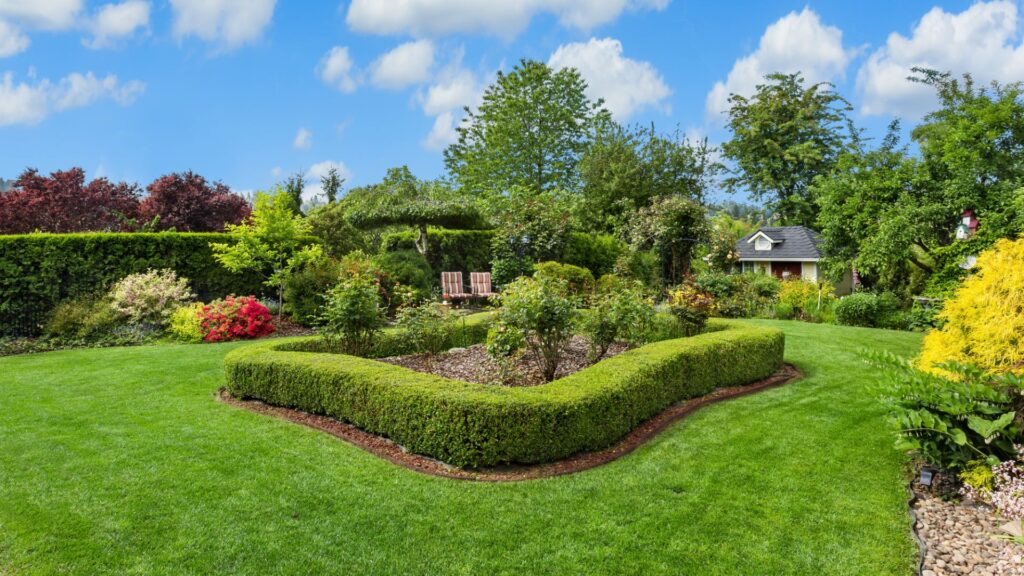
Selecting Appropriate Foliage
Selecting the right plants for your low-impact landscape is crucial for its success and sustainability. This choice should balance the aesthetic appeal with environmental compatibility and resource efficiency. Here’s a breakdown of considerations:
Native Plants
- Adaptation: Choose species that are naturally adapted to your region’s climate, soil, and water conditions, reducing the need for irrigation and care.
- Ecosystem Support: Native plants provide essential habitat and food sources for local wildlife, including pollinators like bees and butterflies.
- Disease Resistance: They are generally more resistant to local pests and diseases, minimizing the need for chemical interventions.
Drought-Resistant Varieties
- Water Conservation: Opt for plants that thrive with minimal watering once established, contributing to significant water savings.
- Resilience: These plants are often hardier, able to withstand dry spells and fluctuating weather conditions.
- Variety: There’s a wide selection of drought-resistant plants, allowing for diverse and interesting landscapes.
Functional Plants
- Soil Improvement: Some plants can improve soil health by fixing nitrogen or breaking up compacted soil with their roots.
- Pollution Fighters: Certain species can absorb and break down pollutants, cleaning the air and water in your garden.
- Erosion Control: Groundcovers and deep-rooted plants help stabilize soil, preventing erosion and loss of topsoil.
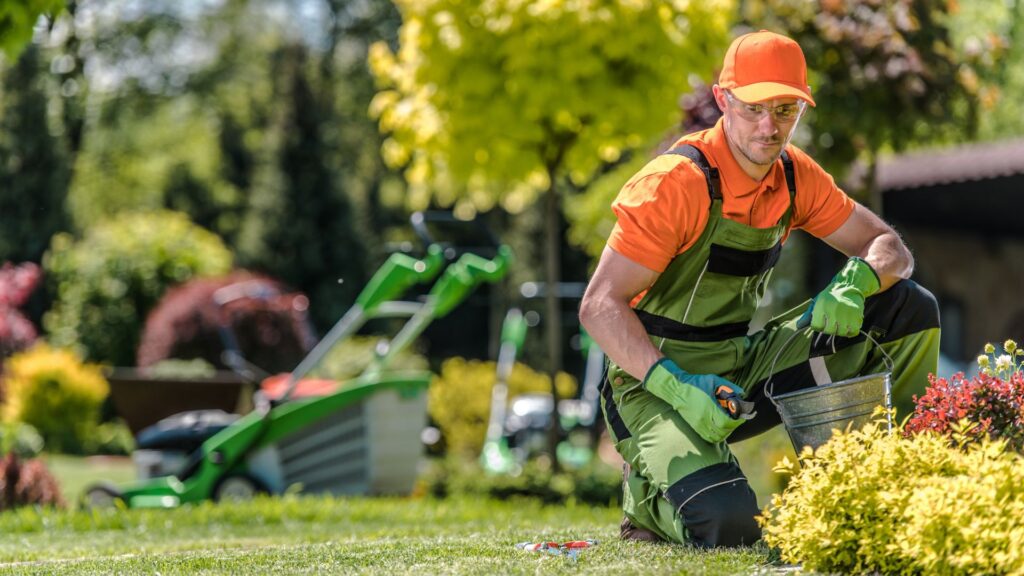
Proper Maintanence
Proper maintenance in low-impact landscaping focuses on practices that support the health of the environment while keeping gardens beautiful and balanced. This includes:
Using organic methods for fertilizing and pest control to avoid introducing harmful chemicals into the ecosystem.
Efficient watering techniques, such as drip irrigation or scheduling watering for early morning or late evening, help conserve water and ensure it reaches the plants’ roots effectively.
Regular tasks like mulching can improve soil health, retain moisture, and suppress weeds, reducing the need for frequent watering and chemical herbicides.
By adhering to these principles, gardeners can maintain their landscapes in ways that enhance sustainability, promote biodiversity, and save resources.
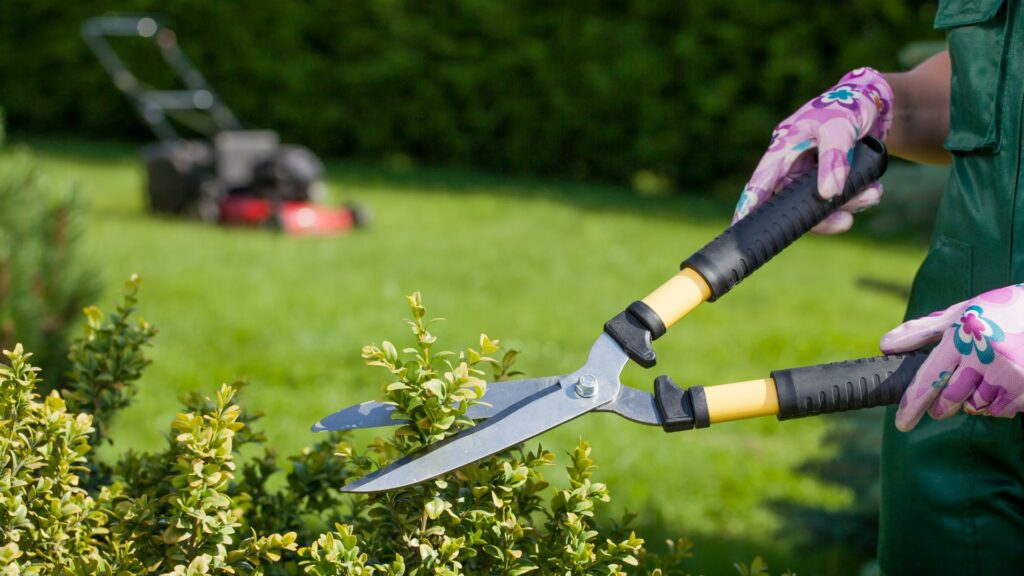
Make Sure You’re Using the Right Tools
Using the right tools is key to effective and efficient maintenance in low-impact landscaping. Here’s a brief overview:
- Ergonomic Tools: Choose tools designed to reduce strain on your body, making gardening more comfortable and preventing injury.
- Quality Over Quantity: Invest in high-quality tools that last longer and perform better, reducing waste and the need for frequent replacements.
- Appropriate for the Task: Select tools that are specifically suited to the tasks at hand, whether it’s pruning shears for trimming or a rain barrel for water conservation.
This approach not only makes maintenance easier but also ensures that your landscaping practices remain aligned with environmental sustainability goals.
Most Recent Post
